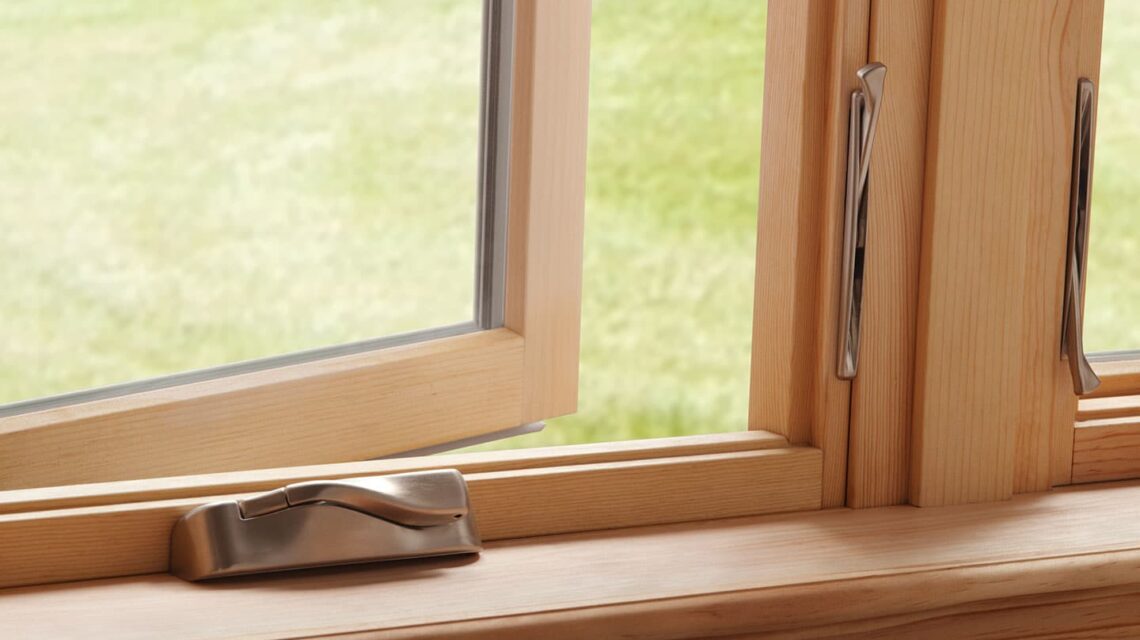The term ‘rough opening’ refers to the framed opening in a wall where a window will be installed. It is an essential aspect of the window installation process as it determines the size and fit of the replacement window. Understanding the concept of rough openings is crucial for ensuring a proper and successful window replacement project.
Understanding the Term ‘Rough Opening’
When discussing replacement windows, it’s essential to understand the definition of a rough opening. A rough opening refers to the initial opening in the wall where the window will be placed. It is typically larger than the actual window size to allow adjustments and ensure a secure fit. The rough opening provides the necessary space to install the window frame and applies insulation and weatherproofing materials appropriately.
Definition of Rough Opening
In simple terms, a rough opening is the framed opening in a wall that accommodates the size and shape of a replacement window. It is measured from stud to stud and includes additional allowances for the window frame, insulation, and other necessary materials. The rough opening provides the foundational structure for the window installation and plays a critical role in the overall performance and appearance of the replacement window.
Importance of Rough Opening in Window Installation
The rough opening serves as the starting point for the window installation process. It determines the size and fit of the replacement window, providing a weather-tight and secure installation. A properly sized rough opening allows seamless window integration into the existing wall structure, preventing air and water infiltration. It also provides the necessary space for insulation, reducing energy loss and improving overall energy efficiency.
Regarding window replacement, the rough opening is not just a simple hole in the wall. It is a calculated and precisely measured space that sets the stage for a successful window installation. Various factors, including the dimensions of the replacement window, the type of framing material used in the wall, and the desired aesthetic appearance, determine the size of the rough opening.
During the construction of a new home or the renovation of an existing one, the framing crew typically creates the rough opening. They carefully measure and cut the necessary studs and headers to create an opening to accommodate the replacement window. This process requires precision and attention to detail to ensure the rough opening is square, level, and plumb.
Once the rough opening is created, it is important to prepare it for the window installation properly. This involves applying a layer of waterproofing membrane or flashing around the perimeter of the opening to protect against moisture infiltration. Insulation is then added to fill any gaps and provide thermal efficiency.
The frame is carefully positioned within the rough opening and secured when installing the window. The frame is typically attached to the surrounding studs using screws or nails, ensuring a stable and secure fit. Once the frame is in place, insulation is added around the perimeter to enhance energy efficiency further and prevent drafts.
After the window frame is installed, the actual window unit is inserted into the frame. This is done carefully to ensure a proper fit and alignment. The window is then secured to the frame using screws or clips, depending on the specific design of the window.
Once the window is installed, the rough opening is further sealed and insulated to provide maximum energy efficiency and weather protection. This may involve the use of caulk or sealant around the perimeter of the window, as well as the addition of weatherstripping to create a tight seal.
Measuring the Rough Opening for Replacement Windows
To achieve a proper and accurate fit, it is crucial to measure the rough opening correctly. Here’s a step-by-step guide to help you through the process:
Tools Needed for Measuring
Before starting the measurement, gather the following tools:
- Tape measure
- Pencil
- Square
Step-by-Step Guide to Measuring
Follow these steps to measure the rough opening:
- Remove any existing trim or casing from the window opening. This will expose the raw opening and allow for accurate measurements.
- Measure the width of the opening by measuring between the two vertical studs on either side. Take measurements at the opening’s top, middle, and bottom, as the dimensions may vary slightly.
- Measure the opening height between the top horizontal header and the bottom sill plate. Again, measure at multiple points to provide accuracy.
- Note down the smallest measurements for both width and height. These are the dimensions to use when selecting a replacement window.
Following these steps, you can obtain the precise measurements to choose the right-sized replacement window for your rough opening.
Common Mistakes When Dealing with Rough Openings
When working with rough openings for replacement windows, it is essential to avoid certain common mistakes that can compromise the integrity and performance of the installation. Let’s explore two of them:
Incorrect Measurements
One of the most significant mistakes to avoid is taking incorrect measurements of the rough opening. Improper measurements can result in a replacement window that is too big or too small, leading to gaps, air leakage, and compromised energy efficiency. Always take accurate measurements at multiple points and record the smallest values to provide a proper fit.
Overlooking the Squareness of the Opening
An often-overlooked aspect of rough openings is the squareness of the opening. Walls can settle or shift over time, resulting in irregularities. Failing to account for the squareness of the opening can lead to difficulties in installing the replacement window. It’s crucial to measure the diagonals of the rough opening and ensure they are equal to confirm a square opening.
Choosing the Right Size of Replacement Windows
When selecting replacement windows, ensuring the right size is crucial for a successful installation. Consider the following factors:
Standard Window Sizes and Rough Openings
Standard window sizes are readily available and often preferred due to their cost-effectiveness. If your rough opening dimensions align with standard sizes, it can simplify the window selection process and reduce costs. Standard sizes are widely stocked and offer various design options to suit your preferences.
Custom Windows for Non-Standard Openings
In instances where your rough opening dimensions do not match standard sizes, custom windows may be required. Custom windows are made to fit specific measurements, ensuring a proper fit and optimal performance. While custom windows may involve additional costs and longer lead times, they offer the advantage of meeting your unique requirements and delivering a tailored solution.
Installation Process of Replacement Windows in Rough Openings
Once you have measured and chosen the right-sized replacement windows, following proper installation procedures is important. Here’s an overview of the installation process:
Preparing the Rough Opening
Before installation, ensure the rough opening is clean and debris-free. Remove any nails or remnants from the previous window. Inspect the opening for any signs of damage or decay and repair as necessary. Proper preparation sets the stage for a smooth installation process and provides the longevity of your replacement windows.
Securing the Window in the Opening
With the preparation complete, position the replacement window in the rough opening. Ensure the window is level, plumb, and square. Use shims to adjust the positioning and create an even reveal around the window. Secure the window by driving screws through the frame and into the surrounding wall studs.
Once the window is securely in place, insulate the gaps around the frame using appropriate materials such as foam or fiberglass insulation. Apply exterior flashing and sealants to ensure a weather-tight installation.
In conclusion, the rough opening is crucial in installing replacement windows. You can ensure a successful and long-lasting window replacement project by understanding the concept, measuring correctly, avoiding common mistakes, and selecting the right-sized windows. Proper installation techniques further contribute to your replacement windows’ performance, energy efficiency, and aesthetic appeal.


